Expert Chimney Inspection to Extend Equipment Life
Regular chimney inspections are essential for maintaining safe and efficient fireplace operation. Ensuring all components are functioning properly helps prevent potential hazards and prolongs the lifespan of the chimney system.
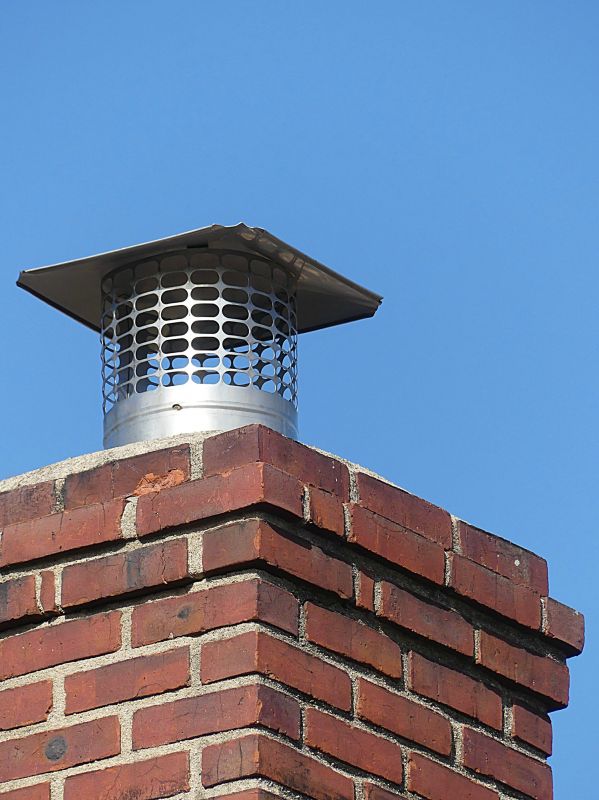
Protects the chimney from debris, animals, and water intrusion.
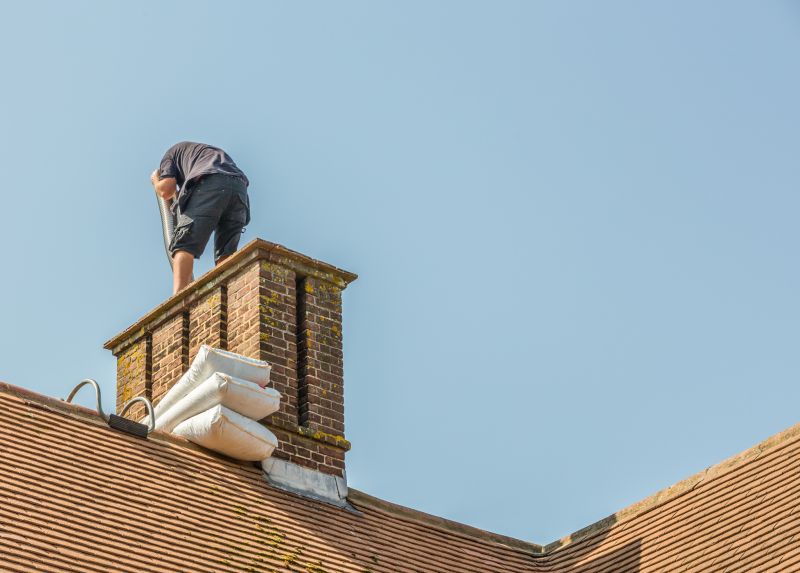
Provides a safe passage for smoke and gases, preventing heat transfer to combustible materials.
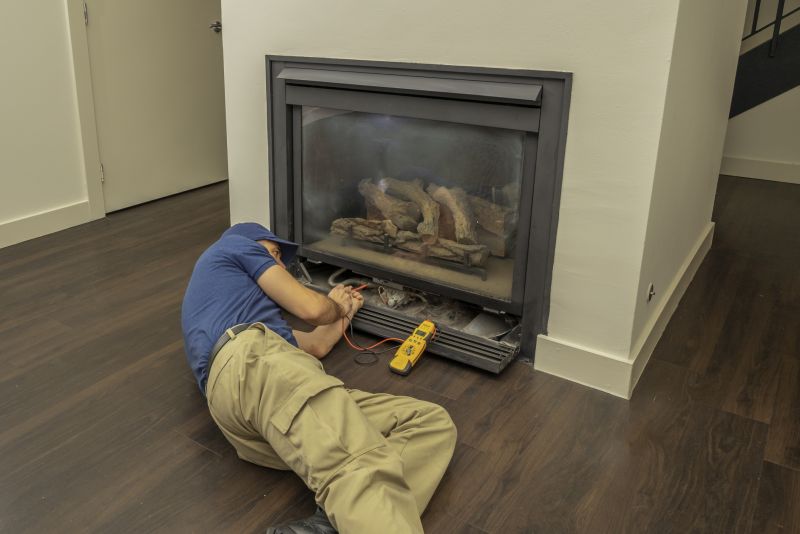
Regulates airflow and prevents heat loss when the fireplace is not in use.

Supports the fireplace and contains sparks and embers.
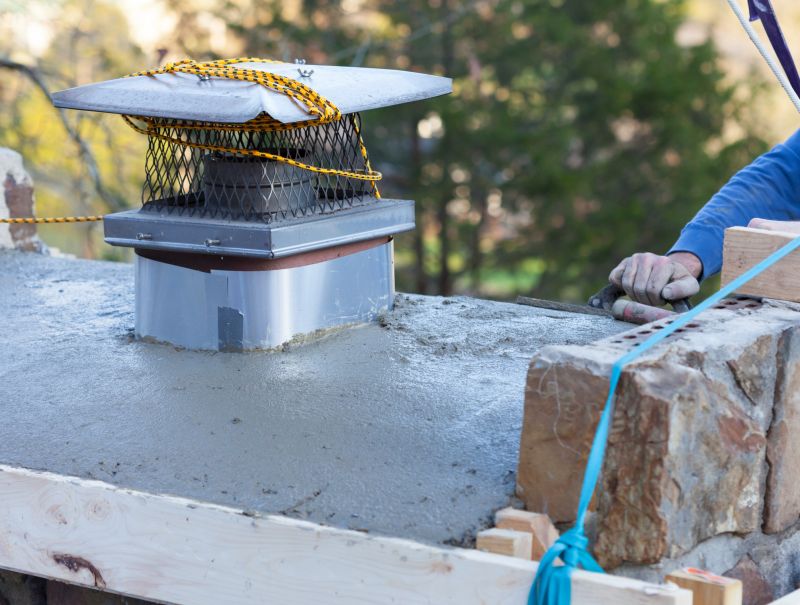
Covers the top of the chimney to prevent water penetration and structural damage.
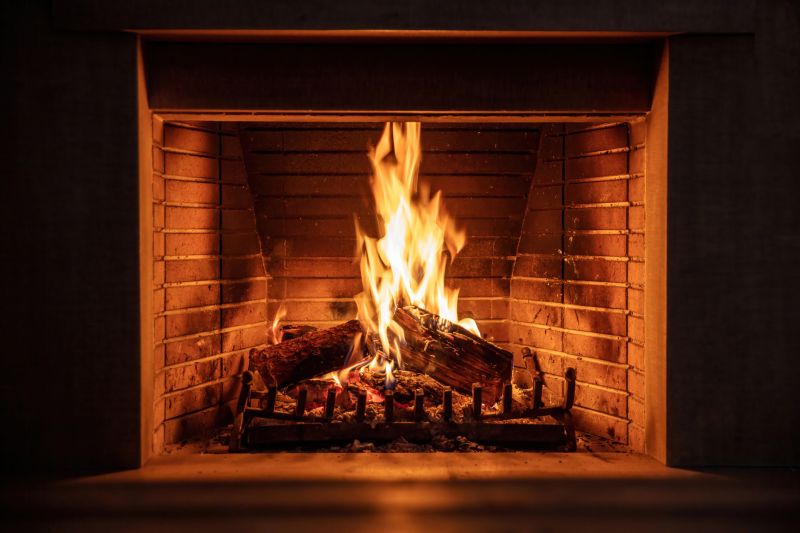
The area where wood is burned, requiring regular inspection for cracks and damage.
Routine inspections identify issues such as creosote buildup, cracks, or blockages that could compromise safety. Neglecting these inspections can lead to chimney fires, carbon monoxide leaks, or structural deterioration.
Can ignite and cause chimney fires if not regularly removed.
Allow harmful gases to escape and can lead to structural failure.
Obstruct airflow, reducing efficiency and increasing safety risks.
Permits debris and animals to enter, causing blockages and damage.
Important components such as the chimney cap, liner, damper, and crown play vital roles in safe fireplace operation. Regular inspections ensure these parts are intact and functioning as intended, reducing the risk of hazards.

A traditional setup requiring thorough inspection for safety.
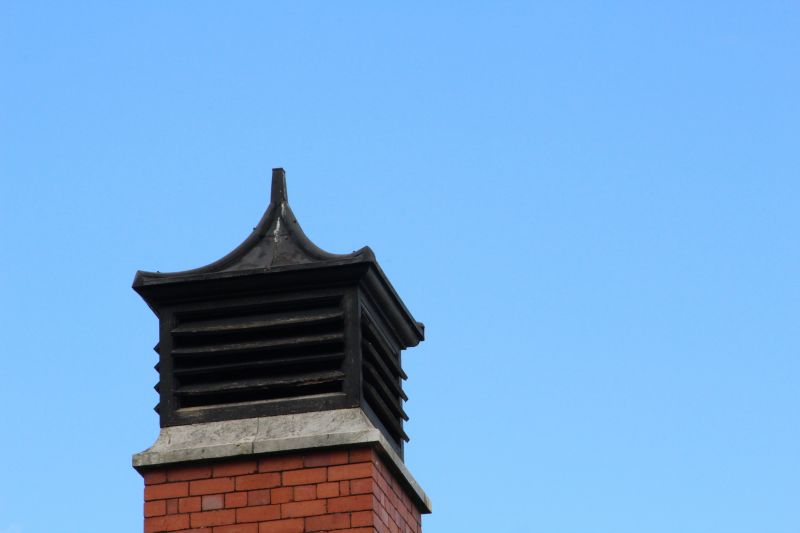
Displays the chimney cap and crown from above.
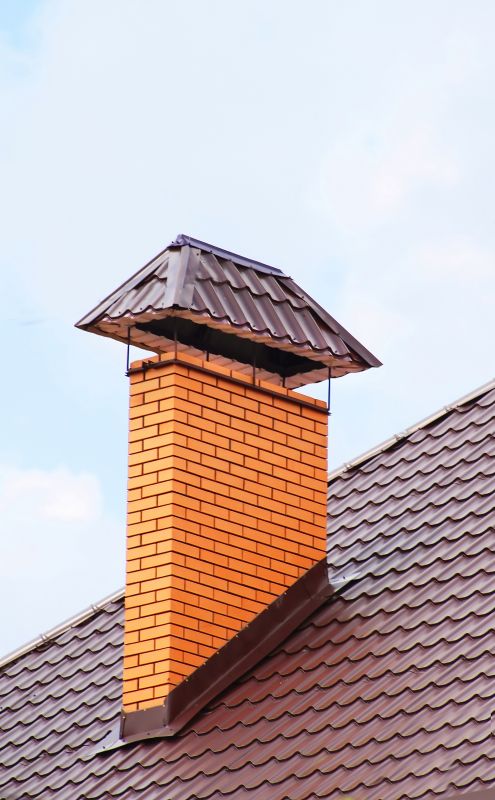
Shows the damper in open position for airflow control.
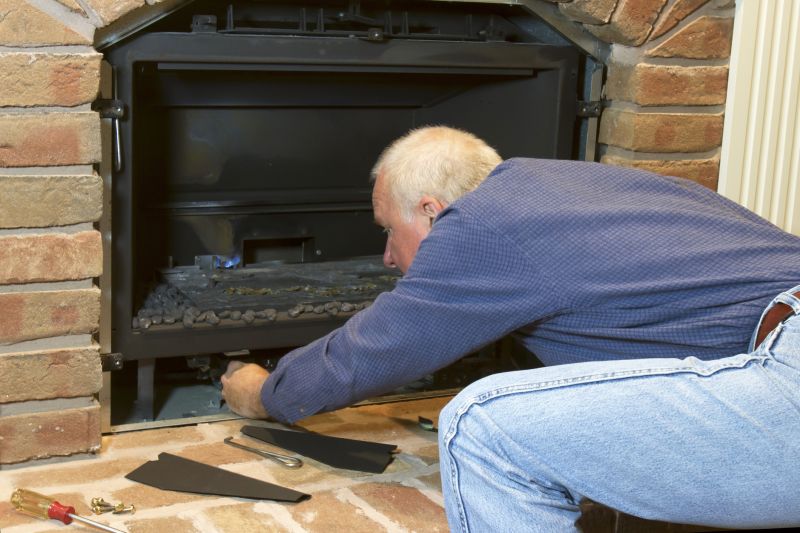
Highlights the firebox and surrounding components.

Focuses on the interior lining condition.

Indicates potential structural issues needing attention.
To schedule a chimney inspection or to receive a detailed quote, contact via the provided form. Professional assessment ensures safety and optimal fireplace operation.



